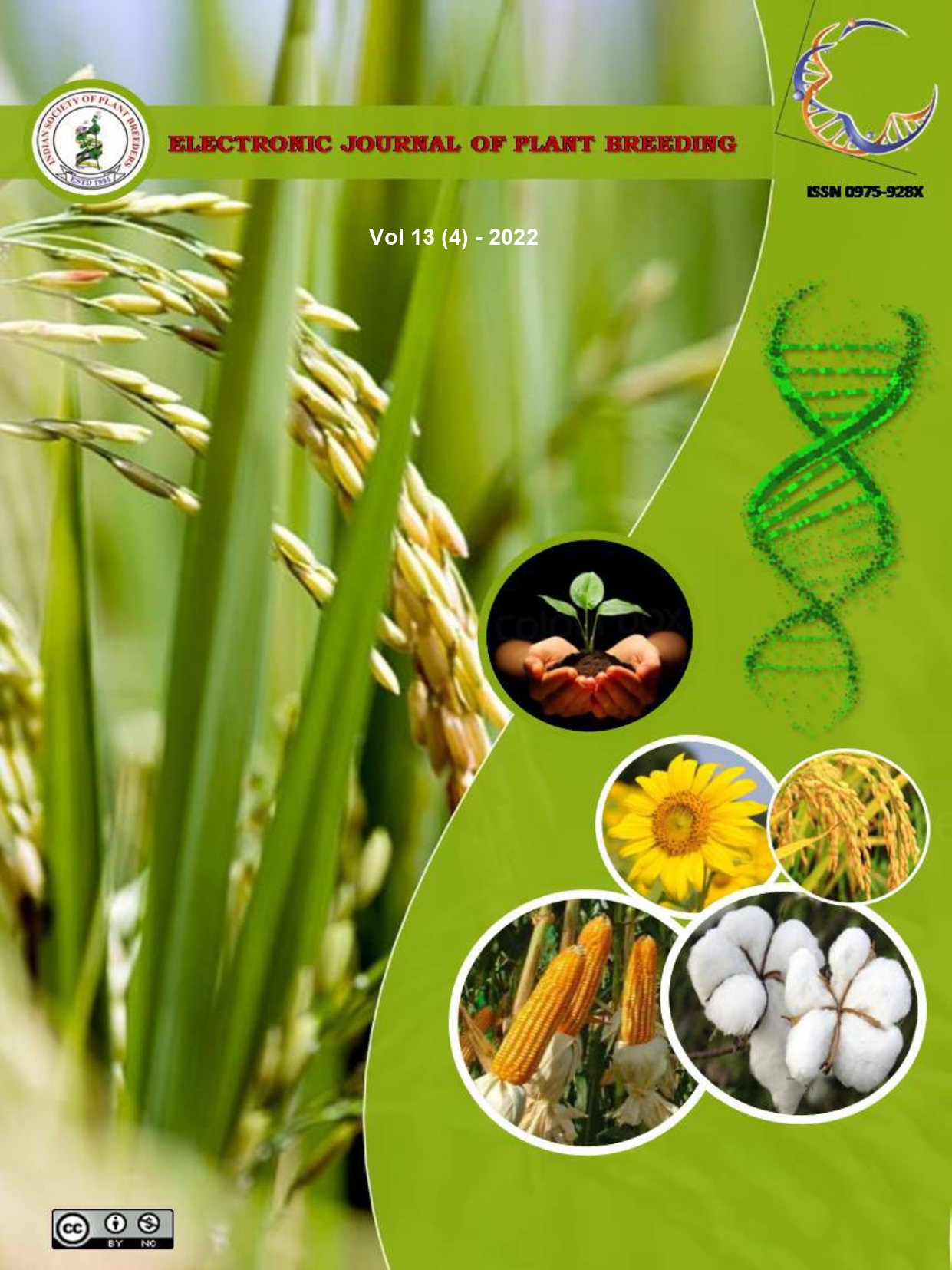Assessment of frequency distribution for the morphological and yield related traits in BC1 F1 , BC2 F1 and BC2 F2 populations in sweet corn
Abstract
The nature of gene action and the number of genes controlling the traits are the vital criteria for the selection of traits. The present study is to analyze the range of variations within the population and as well as the skewness and kurtosis in backcross and selfed sweet corn populations USC1-2-3-1× UMI1230β+ and SC1107×UMI1230β+. In the BC2 F2 population of SC1107×UMI1230β+, most of the traits showed positive skewness and platykurtic distribution which indicated that complementary gene action played a role and more number of genes is controlling the traits. In USC1-2 3-1× UMI1230β+, single plant yield recorded positive skewness. In some traits such as, the number of tassel branches, cob girth, and leaf breadth showed negative skewness and platykurtic distribution was also observed in both the cross combination which indicated prevalence of duplicate gene action. In order to fix an individual trait and for rapid genetic gain, duplicate gene action is required.

